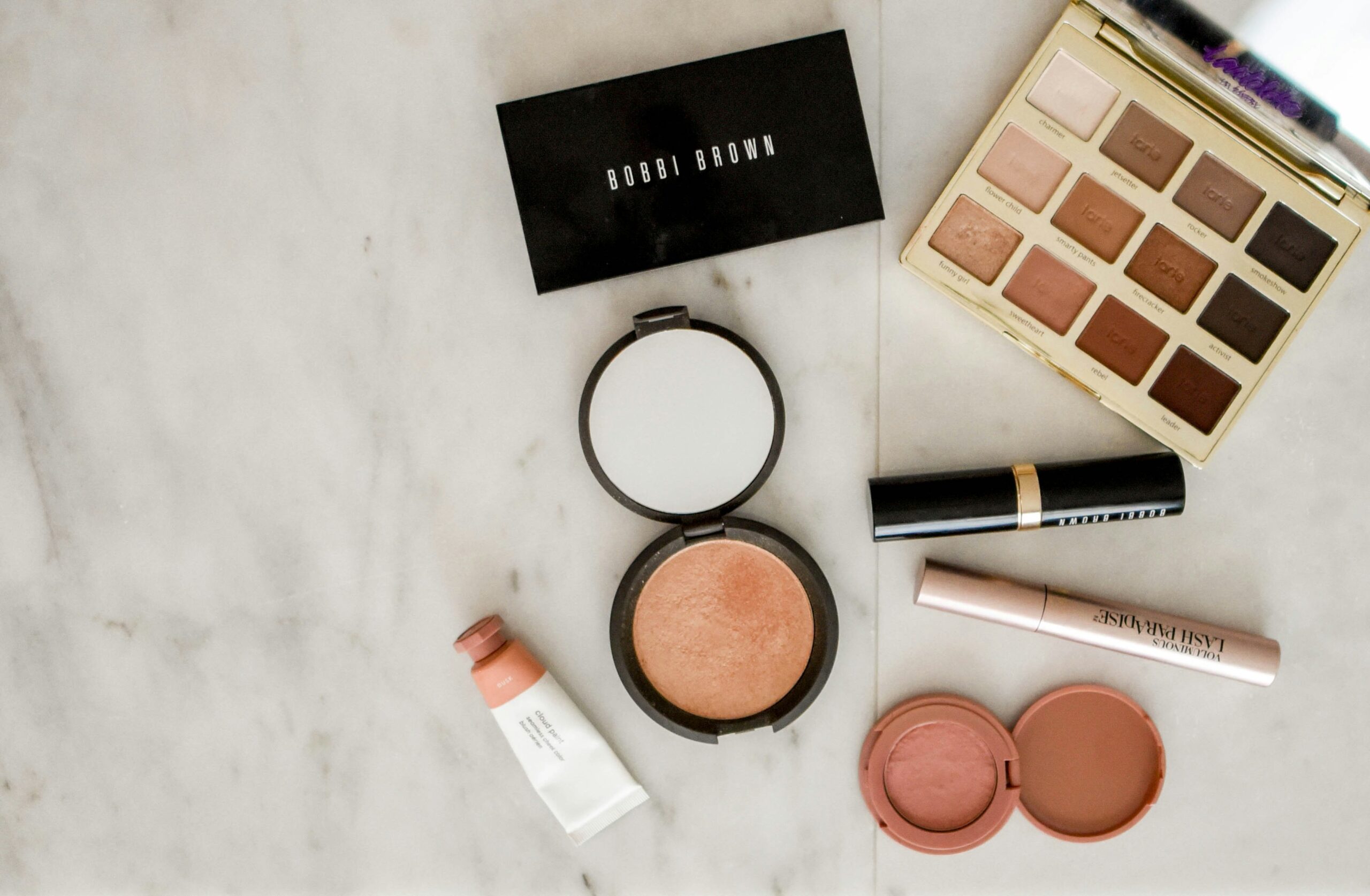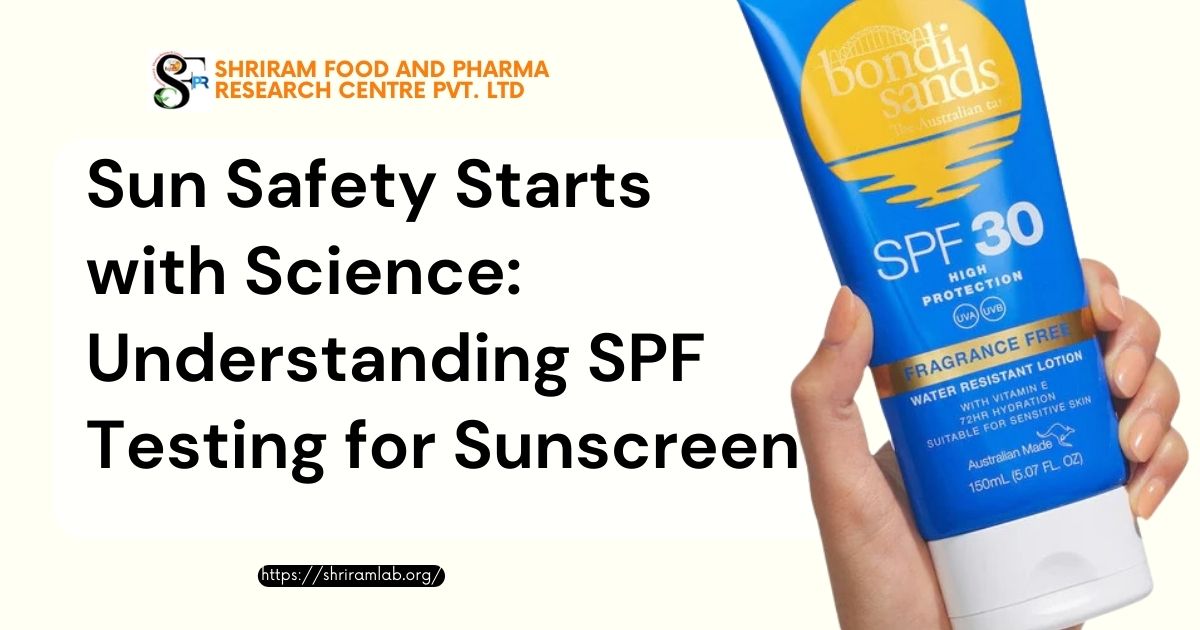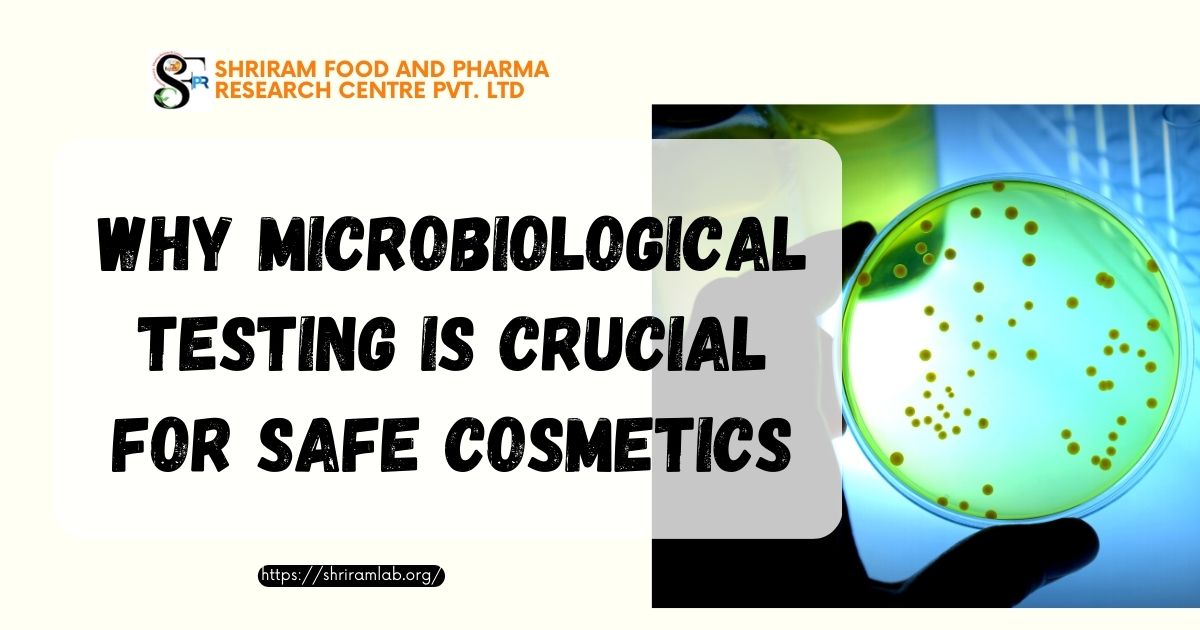The presence of food dyes spans a variety of products, from candies to salad dressings. Notable dyes include Red 40, Yellow 5, and Yellow 6. While some studies propose a potential link between food dyes and cancer, research in this area remains limited.
Artificial food dyes contribute to the vibrant colors of candies, sports drinks, baked goods, and even certain savory items like pickles, smoked salmon, and salad dressings, as well as medications.
Surprisingly, the consumption of artificial food dyes has surged by 500% in the past five decades, with children being the primary consumers. Claims have been made regarding adverse effects such as hyperactivity in children, as well as the potential for cancer and allergies.
The controversy surrounding this topic is evident, with conflicting opinions on the safety of artificial food dyes. This article aims to distinguish fact from fiction.
Understanding Food Dyes
Food dyes are chemical substances developed to artificially enhance the visual appeal of food. Although people have been adding natural colorings to food for centuries, the first artificial food colorings emerged in 1856, derived from coal tar. Presently, food dyes are typically made from petroleum.
While numerous artificial food dyes have been developed over the years, a majority of them have been identified as toxic. Despite this, only a handful of artificial dyes are still utilized in food manufacturing. Manufacturers often favor these over natural alternatives like beta carotene and beet extract due to the more vibrant colors they produce.
Controversially, regulatory agencies such as the US Food and Drug Administration (FDA) and the European Food Safety Authority (EFSA) assert that these dyes do not pose significant health risks. However, opinions on their safety vary, with some dyes being considered safe in one country but banned in another.
Commonly Used Artificial Dyes
Several artificial food dyes are approved for use by both the EFSA and the FDA, including Red No. 3 (Erythrosine), Red No. 40 (Allura Red), Yellow No. 5 (Tartrazine), Yellow No. 6 (Sunset Yellow), Blue No. 1 (Brilliant Blue), and Blue No. 2 (Indigo Carmine). Red 40, Yellow 5, and Yellow 6 constitute 90% of all food dyes used in the US.
Certain dyes, like Green No. 3 (Fast Green), are approved by the FDA but banned in Europe, while others, such as Quinoline Yellow, Carmoisine, and Ponceau, are permitted in the EU but prohibited in the US.
The Cancer Debate
The safety of artificial food dyes remains a contentious issue. Long-term animal studies evaluating Blue 1, Red 40, Yellow 5, and Yellow 6 have not shown evidence of cancer-causing effects. However, concerns have been raised about Blue 2 and Red 3.
A study on Blue 2 found a significant increase in brain tumors in the high-dose group, though researchers were inconclusive about whether Blue 2 directly caused the tumors. Erythrosine (Red 3) has sparked controversy due to an increased risk of thyroid tumors in male rats. Despite a partial ban in 1990, the FDA later lifted the ban, attributing the tumors to other factors.
Additionally, some food dyes, including Red 40, Yellow 5, and Yellow 6, may contain contaminants known to be cancer-causing substances. These contaminants are allowed in low levels deemed safe.
Conclusion
While artificial food dye consumption is rising, particularly among children, there is currently no compelling evidence, aside from Red 3, linking artificial food dyes to cancer. Nevertheless, concerns about potential contaminants persist, and further research is needed, given the substantial increase in dye intake since earlier safety studies.





